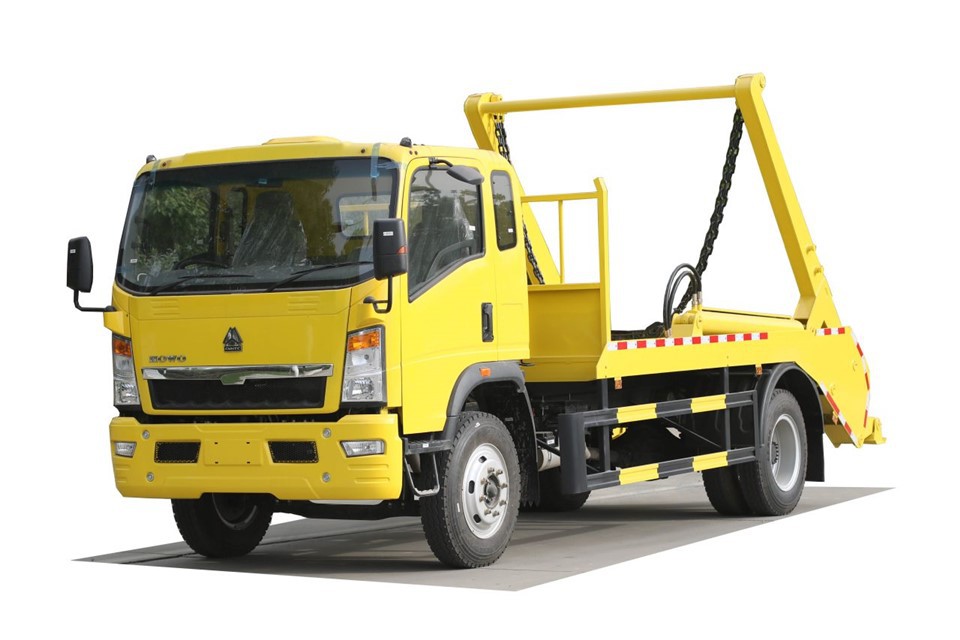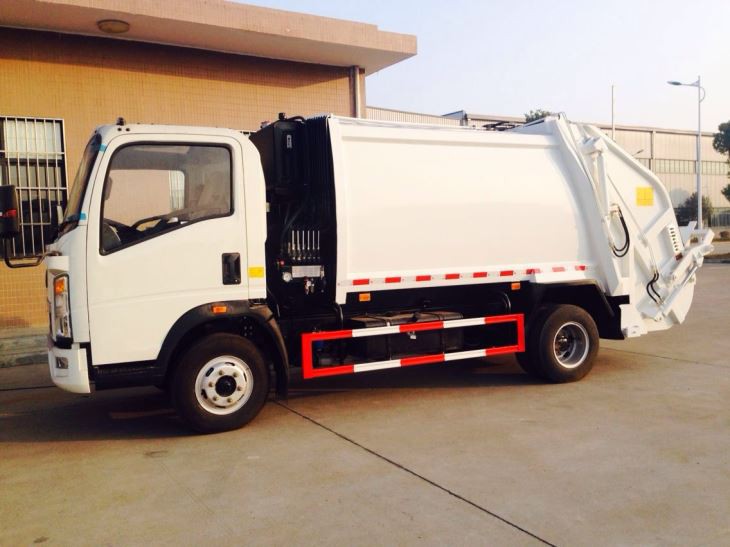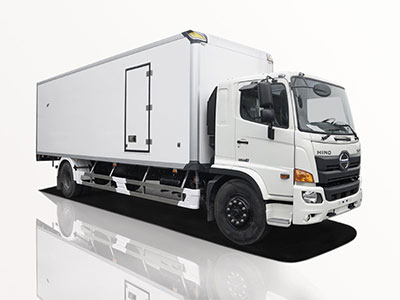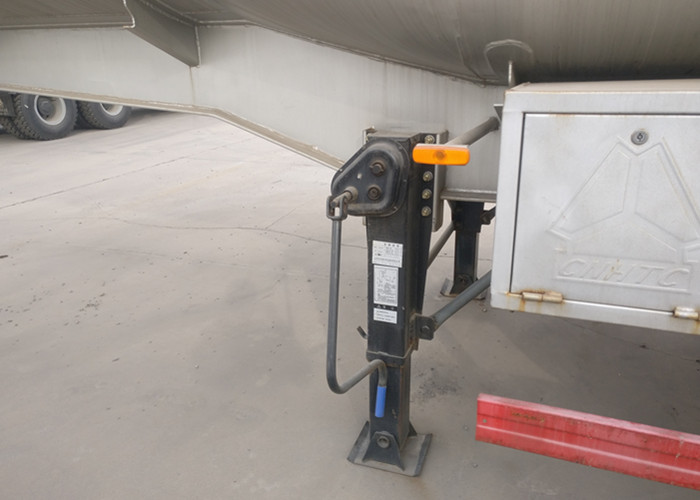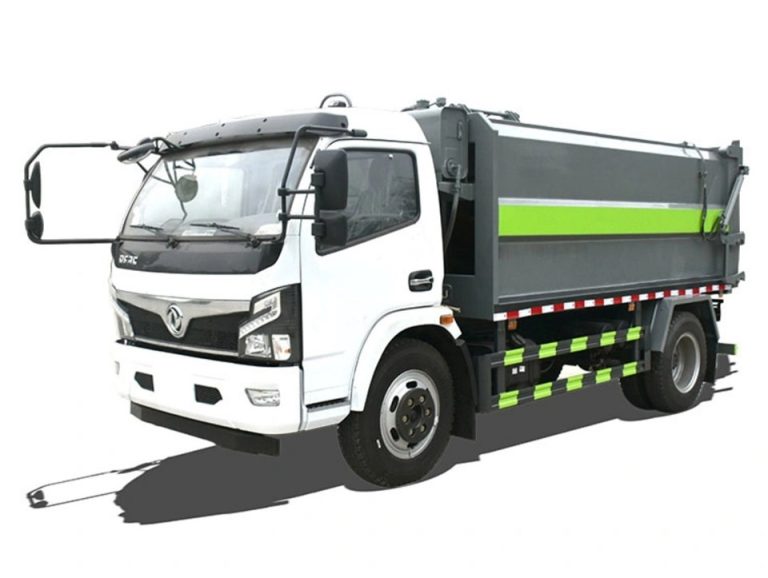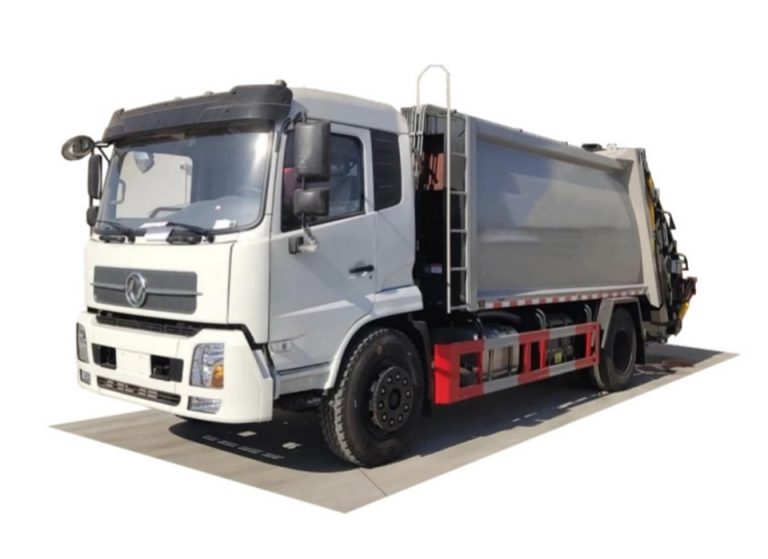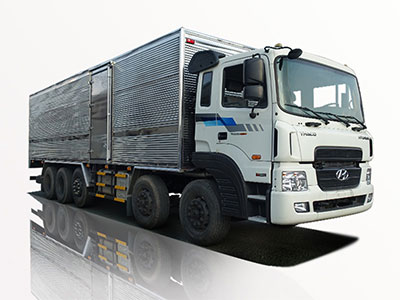Introduction
Truck mounted boom lifts are essential tools in various industries, providing elevated access solutions for tasks that require working at height. These versatile machines combine the mobility of a truck with the reach of a boom lift, making them ideal for construction, maintenance, and outdoor inspections. In this comprehensive guide, we will explore the mechanics, types, benefits, applications, and best practices for using truck mounted boom lifts effectively. Whether you’re a business owner, project manager, or an operator, this guide aims to equip you with valuable insights to enhance your understanding and utilization of truck mounted boom lifts.
What are Truck Mounted Boom Lifts?
A truck mounted boom lift is a type of aerial work platform that is mounted onto a truck chassis. This allows for easy transportation between job sites while providing the capability to reach significant heights. Typically equipped with a bucket or platform at the end of a telescoping or articulating boom, these lifts are designed for safe and efficient working at heights up to 150 feet or more.
Key Components of Truck Mounted Boom Lifts
Understanding the main components of truck mounted boom lifts is crucial for operating them safely:
- Chassis: The base of the truck that supports the entire structure.
- Boom: This part extends and can be either telescopic or articulating for better maneuverability.
- Platform/Bucket: The area where operators stand while working, often equipped with safety harness connections.
- Control System: Usually located within the platform, allowing operators to control the boom’s movements.
- Stabilizers: Used to level the lift and provide stability during operation.
Types of Truck Mounted Boom Lifts
Truck mounted boom lifts come in various types suited for different applications. Here are the most common types:
1. Telescopic Boom Lifts
Telescopic boom lifts have straight booms that extend upwards, providing higher reach and superior vertical performance. They are best suited for sites with ample space.
2. Articulating Boom Lifts
Articulating boom lifts feature joints that allow the arm to bend, providing access to difficult areas, such as around obstacles and over rooftops. They’re ideal for tight spaces.
3. Suburban Truck Mounted Boom Lifts
These are smaller, lightweight models designed for residential or suburban use. They are typically more affordable and easier to maneuver in small areas.
4. Heavy-Duty Truck Mounted Boom Lifts
Engineered for demanding industrial environments, these heavy-duty models offer extended reach and enhanced load capacity, suitable for larger scale projects.
The Benefits of Using Truck Mounted Boom Lifts
Investing in truck mounted boom lifts provides numerous advantages for businesses:
1. Mobility and Convenience
The ability to transport the lift directly to the work site reduces setup time and streamlines operations, especially for projects requiring frequent movement.
2. Versatile Applications
These lifts can be used for various tasks, from maintenance and installation to painting and tree trimming, making them invaluable for different industries.
3. Enhanced Safety Features
Truck mounted boom lifts are designed with safety as a priority, often featuring guardrails, emergency stop buttons, and harness connection points to protect operators.
4. Cost-Effectiveness
By combining a truck and a lift, businesses can save costs on both equipment purchases and the logistical challenges of utilizing separate machines.
5. Efficient Use of Space
Rather than relying on scaffolding or ladders—both of which occupy substantial ground space—truck mounted boom lifts require a smaller operational footprint, making them suitable for crowded job sites.
Common Applications of Truck Mounted Boom Lifts
Truck mounted boom lifts are utilized across various sectors. Here are some practical applications:
1. Construction and Renovation
In construction, these lifts are essential for accessing high places for tasks such as roofing and installing overhead fixtures.
2. Tree Care and Landscaping
Professionals in the tree care industry utilize boom lifts to trim branches and maintain canopy health safely.
3. HVAC and Electrical Work
Technicians often use boom lifts for installing or repairing HVAC units, ceiling lights, and electrical wiring at heights.
4. Maintenance and Cleaning
Building maintenance workers employ these lifts for window cleaning, facade inspections, and any work requiring access to elevated surfaces.
How to Choose the Right Truck Mounted Boom Lift
Selecting the appropriate truck mounted boom lift involves assessing various factors:
1. Height Requirements
Determine the maximum height needed for your jobs and choose a model that meets or exceeds that requirement.
2. Load Capacity
Ensure that the boom lift can safely support the weight of the personnel and equipment that will be on the platform.
3. Terrain Compatibility
Consider the type of terrain you’ll be operating on; models with four-wheel drive may be necessary for rough or uneven ground.
4. Size and Maneuverability
Depending on your work site, you’ll want to select a model that is compact enough to navigate confined spaces efficiently.
Best Practices for Operating Truck Mounted Boom Lifts
To ensure safe and efficient operation of truck mounted boom lifts, consider the following best practices:
1. Pre-Operation Inspection
Conduct a thorough inspection of the truck mounted boom lift before each use, checking hydraulic systems, boom functions, and stabilizers.
2. Training and Certification
Ensure that all operators are trained and certified specifically to use boom lifts, understanding both safety protocols and machine capabilities.
3. Understand Site Conditions
Assess the work site for hazards such as electrical lines, overhead obstacles, and unstable ground conditions before beginning operations.
4. Use Safety Gear
Operators and workers on the platform should always wear appropriate safety gear, including harnesses, helmets, and non-slip footwear.
Maintenance Tips for Truck Mounted Boom Lifts
Proper maintenance is vital to ensure the longevity and safety of truck mounted boom lifts:
1. Regular Servicing
Follow the manufacturer’s recommended maintenance schedule, having qualified personnel perform regular servicing and inspections.
2. Keep Hydraulics in Check
Regularly inspect hydraulic fluid levels and look for leaks; maintaining the hydraulic system is crucial for smooth operation.
3. Inspect Safety Systems
Ensure all safety devices are functional and replace any damaged components immediately to maintain optimal safety standards.
Cost Considerations for Truck Mounted Boom Lifts
Understanding the costs involved can assist in effectively budgeting for truck mounted boom lifts:
1. Purchase Price
Prices can vary widely based on the model, reach, and features. Heavy-duty lifts are typically more expensive than lighter, standard models.
2. Maintenance Costs
Regular maintenance, parts replacement, and servicing should be factored into the total cost of ownership to avoid unexpected expenses.
3. Insurance and Compliance Costs
Insurance for truck mounted boom lifts is necessary, and costs should be budgeted to ensure compliance with local regulations.
Frequently Asked Questions (FAQs)
1. What is the average height a truck mounted boom lift can reach?
The average height varies by model, typically ranging from 30 feet to over 150 feet for specialized lifts.
2. Are truck mounted boom lifts safe to operate?
Yes, when operated according to safety guidelines and manufacturer instructions, truck mounted boom lifts are safe. Proper training and safety gear play a critical role.
3. How do I transport a truck mounted boom lift?
Since truck mounted boom lifts are built on a truck chassis, they can be driven directly to a job site. However, it’s crucial to follow transportation regulations in your area.
4. Can truck mounted boom lifts be used on rough terrain?
Many models feature four-wheel drive and are designed for off-road use; check the specifications to ensure compatibility with your terrain.
5. How often should a truck mounted boom lift be serviced?
It’s recommended to follow the manufacturer’s guidelines; typically, lifts require inspection and servicing at regular intervals or after significant usage.
6. What license do I need to operate a truck mounted boom lift?
Operators may need a specific aerial work platform certification, and requirements can vary by region, so it’s essential to check local regulations.
